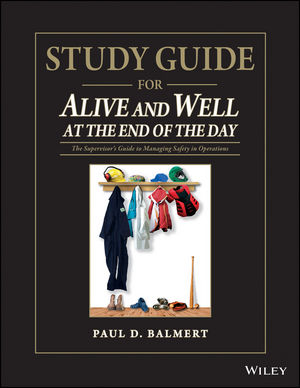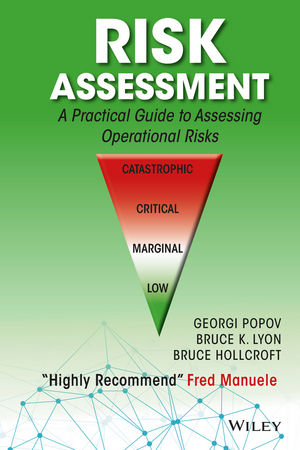 A new study published by the National Institute for Occupational Safety and Health (NIOSH) finds that National Football League (NFL) players may be at a higher risk of death associated with Alzheimer’s and other impairments of the brain and nervous system than the general U.S. population. These results are consistent with recent studies by other research institutions that suggest an increased risk of neurodegenerative disease among football players.
A new study published by the National Institute for Occupational Safety and Health (NIOSH) finds that National Football League (NFL) players may be at a higher risk of death associated with Alzheimer’s and other impairments of the brain and nervous system than the general U.S. population. These results are consistent with recent studies by other research institutions that suggest an increased risk of neurodegenerative disease among football players.
The paper published in the Sept. 5, 2012 issue of the journal Neurology®, the peer-reviewed medical journal of the American Academy of Neurology, looked at 3,439 NFL players who played at least five seasons between 1959-1988. The study relied on death certificate information for causes of death; at the time of analysis only 10 percent of the participants had died. Of the 334 players who had died, Alzheimer’s, ALS and Parkinson’s Disease were listed for 17 of them.
While findings do not establish a direct cause-effect relationship between football-related concussions and death from these neurodegenerative disorders, the findings do support current research that professional football players are at increased risk of death from these particular disorders.
“Multiple research studies have raised concerns about the longer-term health effects of recurring concussions,” said NIOSH Director John Howard, M.D. “Our analysis of NFL players’ mortality from neurodegenerative disorders may give insight into some of these questions.”
NFL players risk 3x higher than general population
The study’s authors highlight the fact that athletes, including professional football players, generally have a better than average overall health status than the general U.S. population. However, death involving neurodegenerative causes among the retired players was three times higher than in the general U.S. population, and the risk for two major subcategories, Alzheimer’s and ALS, were four times higher. Of the 334 deceased former players, neurodegenerative causes were reported 17 times; it would be expected that in a group this size from the general population, neurodegenerative causes would have been reported only 5.2 times.
Other research suggests that chronic traumatic encephalopathy (CTE), a neurological disease that can occur years after exposure to repetitive concussive injuries and exhibits symptoms similar to Alzheimer’s disease and ALS in some individuals, has been identified in players who have sustained football-related concussions. The study points out that since CTE is a newly defined diagnosis, it is possible that some deaths attributed to Alzheimer’s disease or ALS on death certificates may actually have been related to CTE, though authors were not able to directly assess this in their study.
Position counts
The study also took playing positions into account. According to the study, higher neurodegenerative deaths were observed among players in speed positions (quarterback, running back, halfback, fullback, wide receiver, tight end, defensive back, safety, and linebacker) compared with players in non-speed positions (all defensive and offensive linemen).
Speed players are able to build up considerable momentum prior to the point of being tackled or tackling another player. Offensive and defensive linemen make contact with other players soon after the football is snapped, lessening the build-up of speed when tackling or blocking. Although a higher number of neurodegenerative deaths were observed among speed players, the study was not able to determine whether football-related concussions led to these deaths.
Since the study was limited to analyzing longer term professional players, the findings may not be applicable to non-professional or student athletes.
NIOSH developed a notification plan to be distributed to the players included in the study that includes a fact sheet which provides information on the findings of the study and recommendations, to the NFL and the NFL Players Association.
For further research on NFL players, please see: http://www.cdc.gov/niosh/pgms/worknotify/pdfs/NFL_Notification_01.pdf
For more information on this current NFL study, please see the NIOSH Science Blog at: http://blogs.cdc.gov/niosh-science-blog/2012/09/nfl-brain-injury/. NIOSH is the federal agency that conducts research and makes recommendations for preventing work-related injuries, illnesses and deaths. More information can be found at http://www.cdc.gov/niosh/.
For more information about the American Academy of Neurology, visit http://www.aan.com





